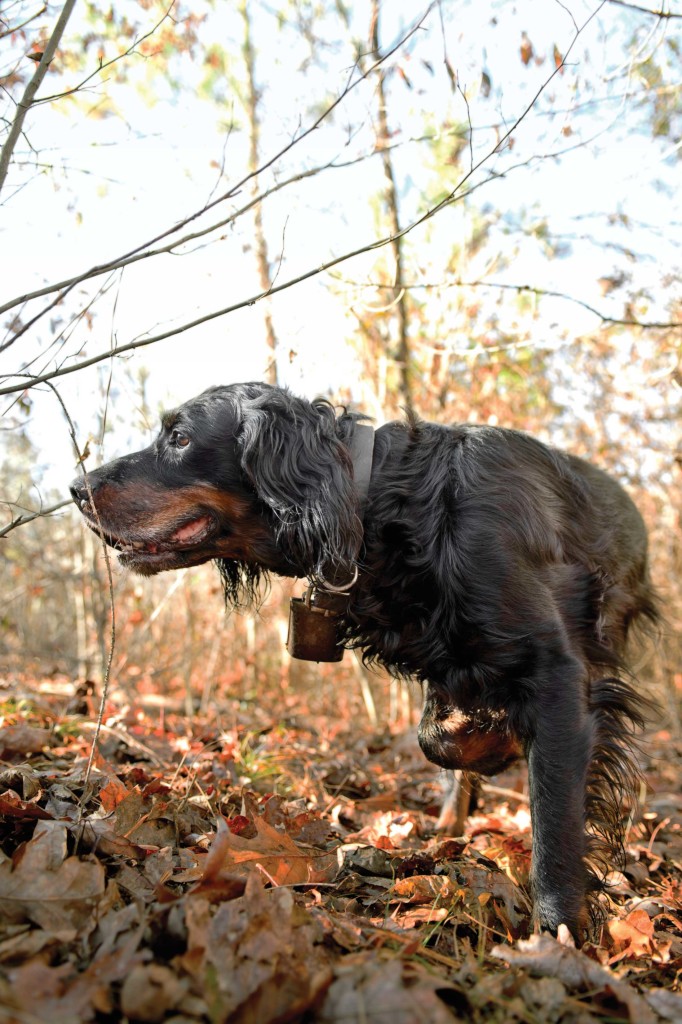Pace Setters

For many owners of Gordon setters, the breed’s allure is embedded in its history. Unofficially, that traces back to the 1600s, but the official story begins in the early 1800s in the United Kingdom with Alexander, the 4th Duke of Gordon, nicknamed “The Cock O’ The North.” At his castle on the River Spey in Scotland, the duke had a kennel of hardworking setters, among which he favored the black-and-tan coloring. It’s easy to imagine these handsome bird dogs scenting grouse with heads held high above the thick heather of the Scottish moorland. Another duke or two made an appearance throughout that period of history, but their inheritance of the kennels did more harm than good until the 6th Duke of Richmond-Gordon restored the canine lines.
Cross the Atlantic to the other side of the Gordon setter’s history, and in 1842 George Blunt of Morristown, New Jersey, imported two Gordon setters from the Gordon Castle kennels, one for himself and one for his friend Secretary of State Daniel Webster. Blunt kept Rake, a big black, white, and tan male. Webster took Rachel, a solid black-and-tan female. Both dogs were reputed to be excellent hunters, yet Blunt and Webster kept a running rivalry over whose dog was better. Rake and Rachel are accepted as the breed’s foundation in the United States.
SHARE ON
You may also like
When you’re running a bird dog, hydration and fo...
The Dixie Kennel Cover's polyester shell is toughe...
If you have a deep-chested dog—particularly a po...
























